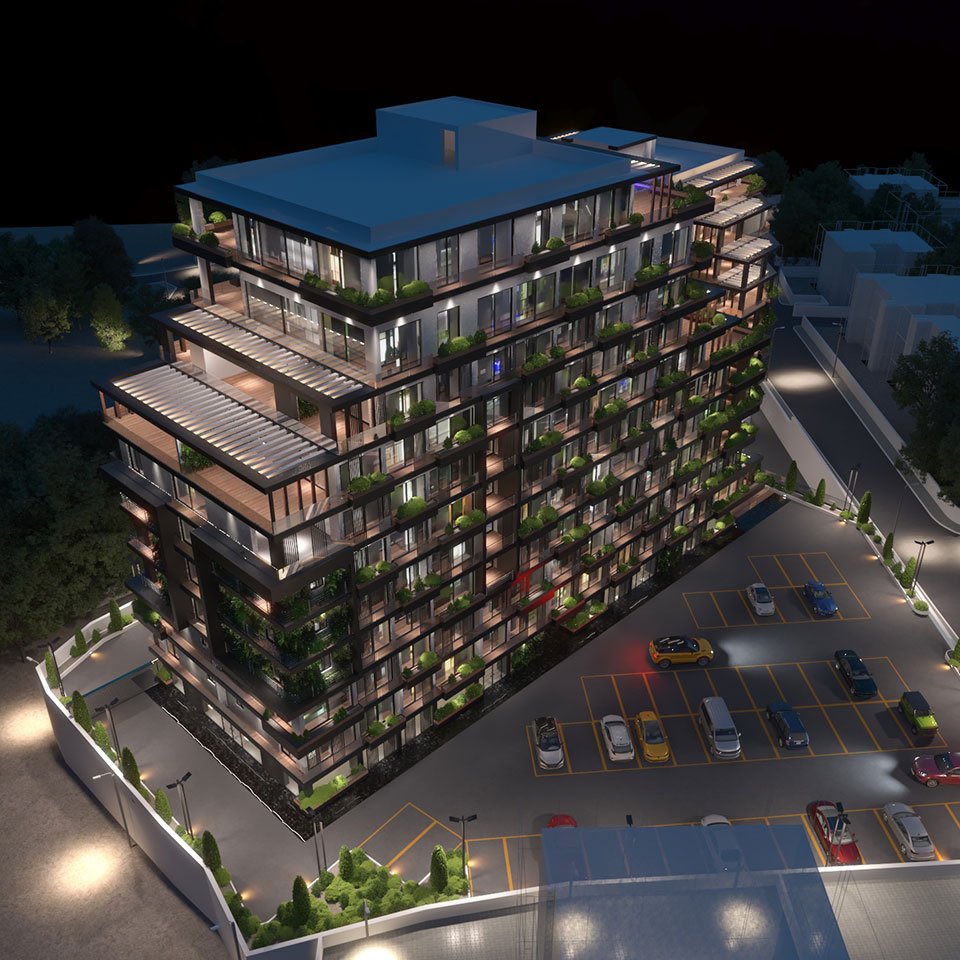From Concept to Creation: A Guide to 3D Animation for Architects
3D animation has transformed how architects and designers present concepts, market projects, and create immersive experiences for clients. This powerful visualization tool allows you to turn blueprints into dynamic walkthroughs, showcase interiors with stunning realism, and visualize the impact of design choices over time.
Let’s explore the process of creating 3D animation and how it benefits professionals in the architectural field.
3D animation allows us to place clients directly within their future spaces, fostering an emotional connection and clarity of vision that blueprints simply can’t provide
The Steps of 3D Animation
- Concept and Planning:
- Storyboarding: Map out a visual narrative that guides the animation, defining shots, camera angles, and transitions. Emphasize how the animation will highlight your design’s key features and selling points.
- Script (if needed): Craft a script for voiceovers or text narrations that enhance the visual story and explain design elements.
2. 3D Modeling:
- Construct the Foundation: Accurately build 3D models of your architectural structure, considering both exterior and interior features. Ensure models are detailed yet optimized for smooth animation.
- Environmental Elements: Include landscaping, surrounding features, and other contextual elements to embed your design realistically within its intended setting.
3. Texturing and Materials:
- Achieve Visual Realism: Apply realistic textures and materials to mimic real-world surfaces like brick, wood, glass, and metal. Consider how materials reflect or absorb light to influence the scene.
- Interior Finesse: Select furniture, décor, and accents that complement the architectural style and overall mood you seek to evoke.
4. Lighting:
- Ambiance or Technical Precision: Determine whether your goal is a dramatic, mood-setting atmosphere or a clear, hyper-realistic visualization. Strategically position light sources for the desired effect.
- Simulate Natural Lighting: Study how sunlight or moonlight would filter into spaces and cast shadows at different times of day. This can significantly impact interior and exterior views.
5. Rigging (if needed):
- Motion for Components: For elements requiring movement (doors, windows, furniture), create rigs, essentially a virtual skeleton, to control their animations.
6. Animation:
- Dynamic Walkthroughs: Simulate camera movements through the space, guiding client perspectives and highlighting architectural strengths.
- Showcase Transformations: Use morphing effects to visually demonstrate changes such as renovations, alterations, or the passage of time.
7. Rendering:
- Generating Final Images: The process of calculating all visual details into a series of images that seamlessly form the animation. Optimizing rendering is crucial for efficiency and quality.
8. Post-Production:
- Editing and Refinement: Assemble video footage, fine-tune transitions, and synchronize audio (voice-over, soundtrack).
- Special Effects: Add elements like weather effects, lens flares, or simulations to increase realism or artistic impact.


Benefits of 3D Animation in Architecture
- Clear and Compelling Client Presentations: Demonstrate complex design choices in an easily understood, emotionally engaging format.
- Enhanced Marketing: Create visually striking promotional materials to showcase projects on websites, social media, and at trade shows.
- Visualization of Alternatives: Give clients the power to visualize material variations, color schemes, or layout changes, facilitating decision-making.
- Pre-Construction Problem Solving: Identify design oversights, clashes, or potential issues within the digital environment before construction starts, saving expenses.
Choosing 3D Animation Software:
Industry standard tools include Autodesk Maya, 3ds Max, Blender, and Cinema 4D. Consider factors like budget, ease of use, rendering power, and the types of animations your practice typically produces.
Unlocking the Power of 3D Animation
Embracing 3D animation empowers architects and designers to communicate their visions with unparalleled impact. This indispensable tool helps foster client understanding, enhances marketing efforts, and streamlines the design process.
Let me know if you’d like more information on specific software, techniques, or how to integrate 3D animations into your workflow!



